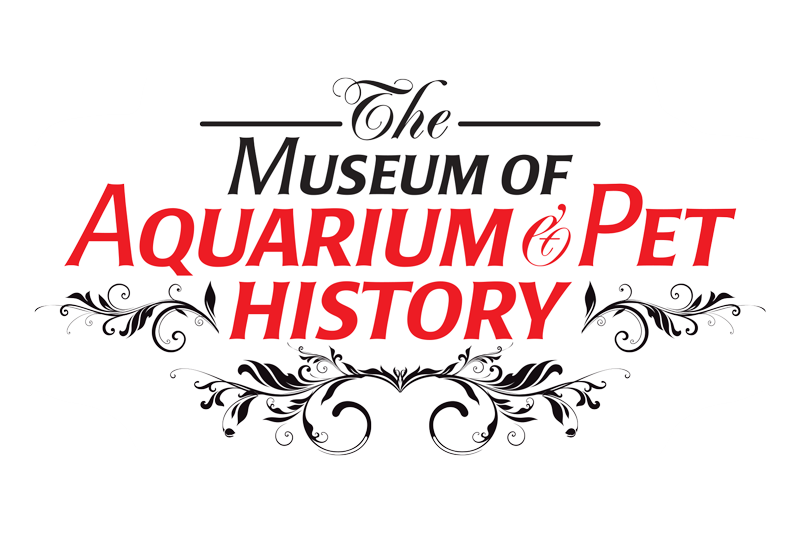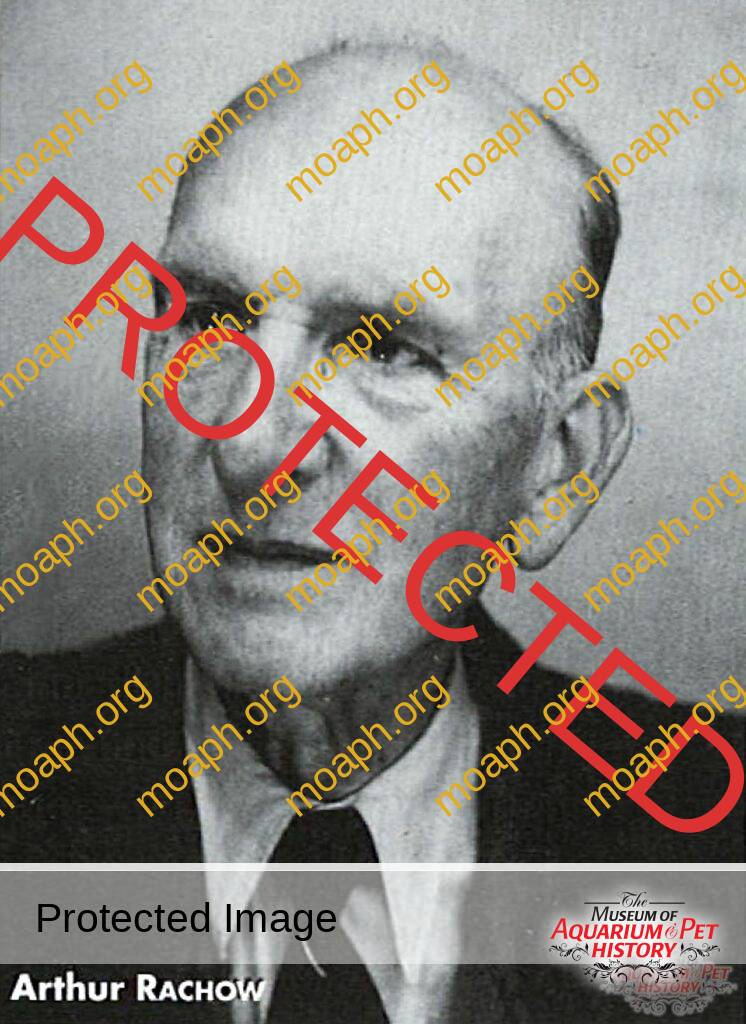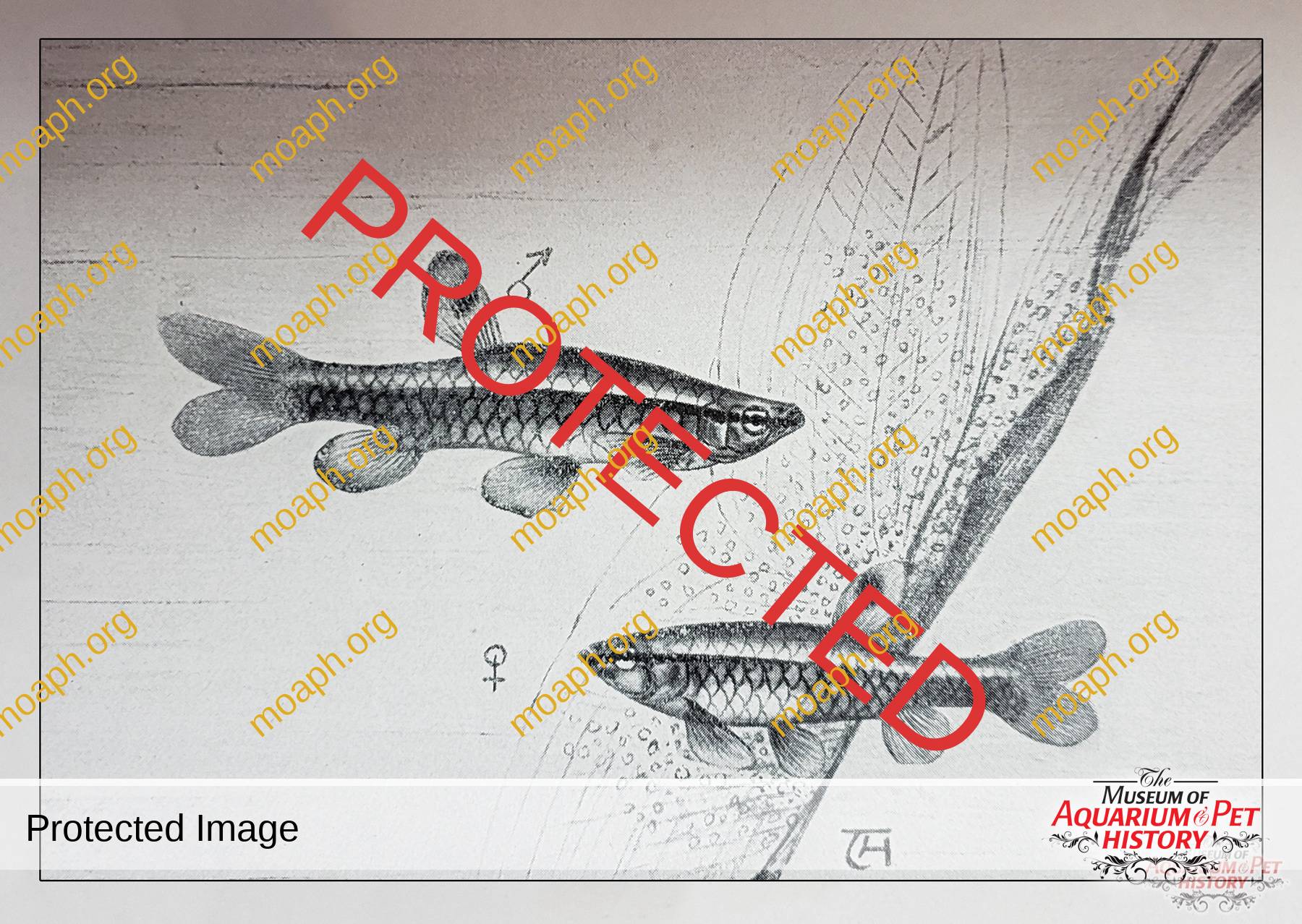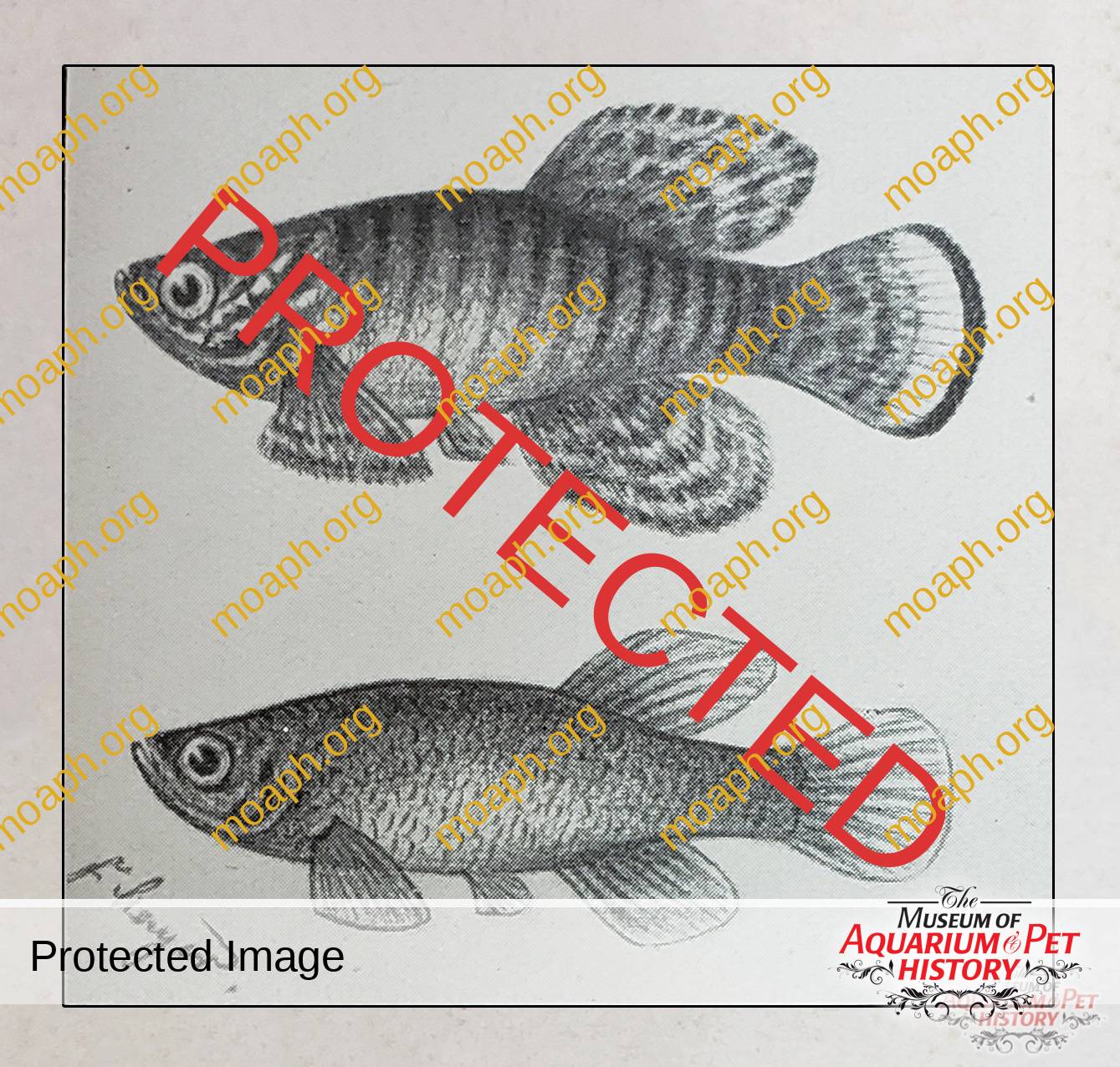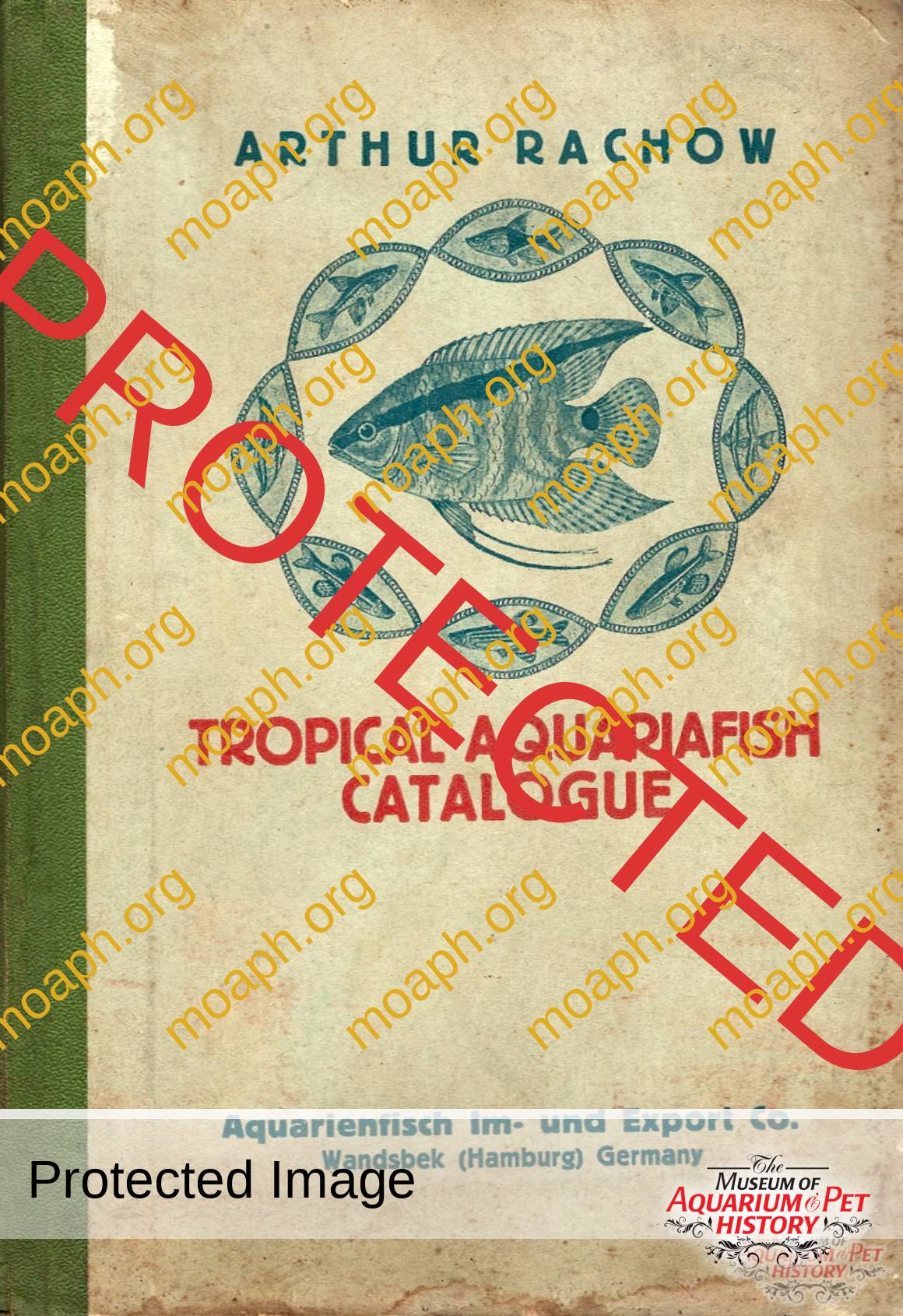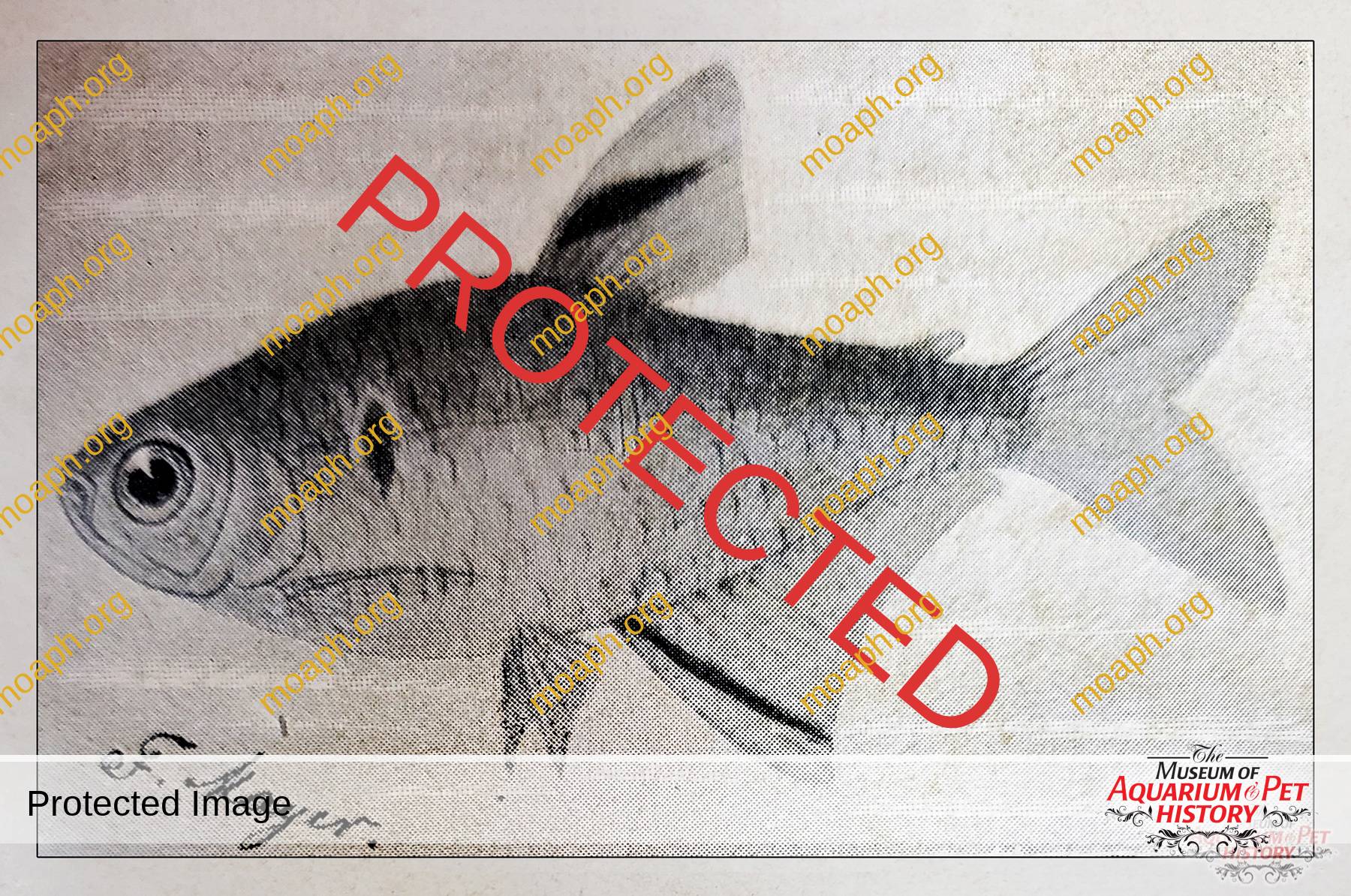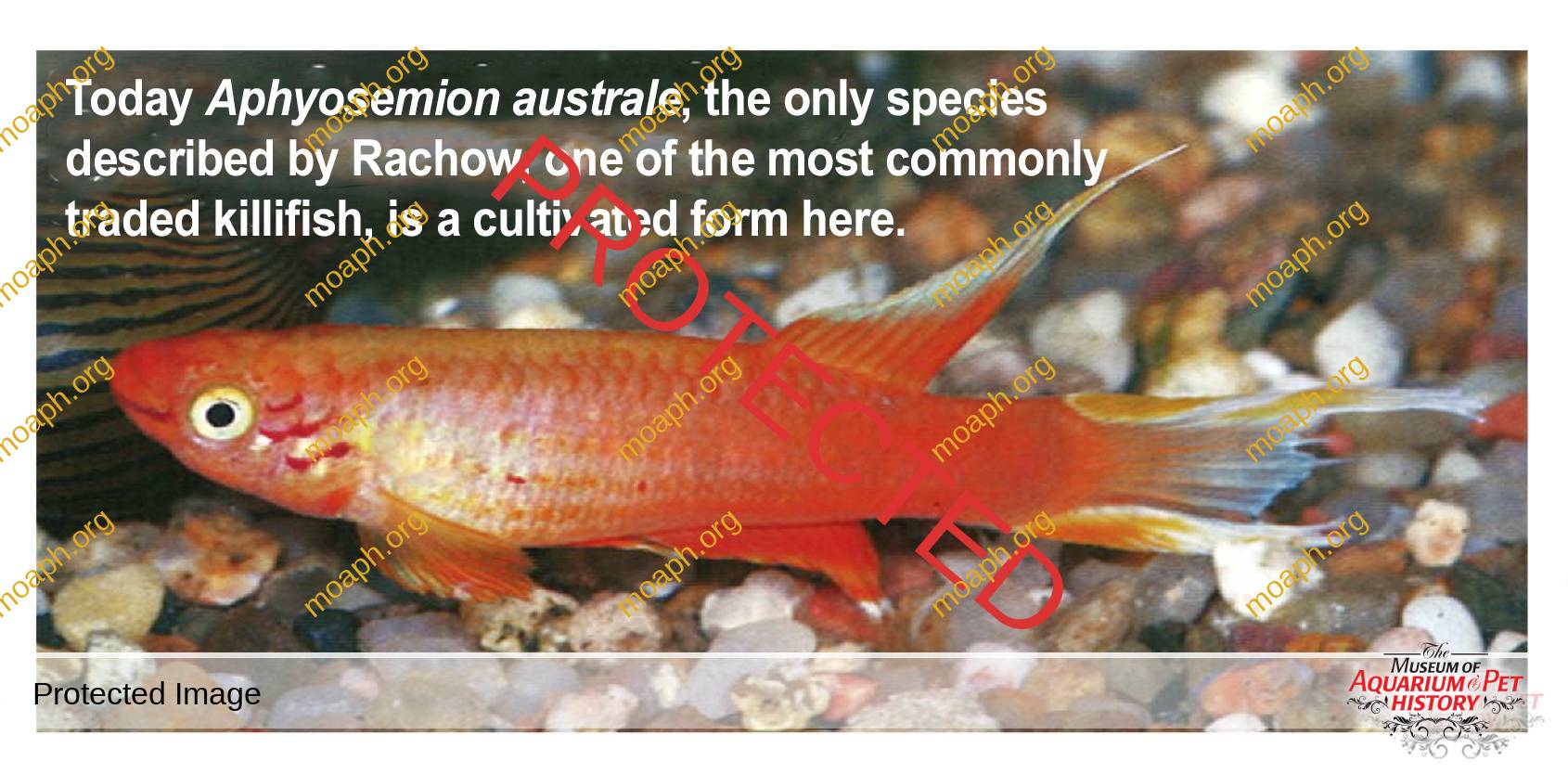Pioneer of Aquaristics and Ichthyology Arthur Rachow (June 13, 1884-February 2, 1960)
We would like to thank Dr. Hans-Joachim Herrmann and Aquaristik Fishmagazin for allowing MOAPH to reprint this article.
The lives of prominent aquarists from the first half of the last century are similar. They are all invariably enthusiasts who, even under the most adverse circumstances, have been caring for and multiplying their creatures. Electric heaters and ventilation fans were unthinkable at the time. So they made use of things they had built themselves, which was not very effective and had some disadvantages. Who still remembers today that, with incorrectly set kerosene heaters, the aquarium got a bit warmer, but at the same time it was still possible to scald the entire room. Even the self-made aerators were not optimal. Nevertheless, the successes achieved in care and breeding at that time are quite impressive. After all, the first offspring of some difficult species are examples of what you can achieve even with the simplest technology.
One of the most famous aquarists of his time was undoubtedly Arthur Rachow. His difficult path through life in particular shows what our ancestors were able to achieve even under adverse conditions. He was born in Hamburg on June 13, 1884 in apparently poor circumstances. Already at the age of thirteen he had to support his family through his work. After graduating from high school, Rachow trained as a book printer and began working in the press room of the “Hamburger Fremdenblatt.” However, he was not satisfied with this position and continued to gain qualifications, so that he was soon able to pursue his dream job as a businessman.His first aquaristic publications date back to before the First World War. Presumably, his first publication in 1909 is a work on the rearing of a tetra which he initially called Pyrrhulina nattereri. He later named the fish Pyrrhulina callolepis at Regan’s suggestion. Through his numerous articles in the “Leaves for Aquarium and Terrarium,” he contributed significantly to the economic success of this magazine at that time. Christian Bruning (1860-1943), at that time also a nationally known aquarist, who was one of his elementary school teachers and editorially supervised the “Wochenschrift” (German Aquarium Magazine) from 1911 to 1912, led in a very unsophisticated manner in a discussion about the scientific style name of a newly imported Makropoden denounced Rachow’s social background as an argument against him (Bruning 1912, Rachow 1912). Rachow reported mostly on aquatic novelties and tried to ascertain their correct scientific name. In this context, he was in close contact with the leading ichthyologists of his time. He maintained close ties, particularly with the British Museum in London, to the extent that Tate Regan (1878- 1943) was able to redescribe many species of fish that were imported by the activities of the German aquarium fancies and were made accessible to him via Rachow. So it is not surprising that a total of eight fish species and two genera named after him. Of the eight fish species, six are still valid today [Iguanodectes rachovii Regan, 1912, Plecostomus rachovii Regan, 1913 Hypostomus rachovii (Regan, 1913), Characidium rachovii Regan, 1913, Heterophallus rachovii Regan, 1914 Gambusia rachovii (Regan, 1914), Nothobranchius rachovii AB “, 1926, Pyrrhulina rachoviana Myers, 1926] There is no doubt that the two genera named after him are valid [Rachoviscus Myers, 1926 (Characidae), Rachovia Myers, 1927 (Cynolebiidae)], Aphyosemion australe (Rachow, 1921) is the only species that Rachow was responsible for establishing.
In 1928, he published a “Handbuch der Zierfischkunde”, which came out a year earlier in an English edition as “Tropical Aquariafish Catalog”. From 1935 to 1937 he was head of the fish identification office of the VDA. However, his main life’s work should be the collaboration on the fundamental work Holly, Meinken, Rachow (1934 to 1967), “The aquarium fish in words and pictures”, about which we (Zarske & Berkenkamp 2015) reported in detail. Following this publication, Frank Fritzlen, Antiquariat Castellum (Frankfurt/M.), made Rachow’s correspondence from the estate of Frank Wolter (Bremen) available to me, so that I am able to extract further interesting details about the life of Rachow and the genesis of his work. In addition, I found an interesting article by Meinken (1972) in the Czech magazine “akvarium a terrarium”, which also dealt with this book.
During the destruction of Hamburg in the Second World War from July 24 through August 3, 1943, Rachow lost his entire household, including his scientific fish index and his library. He should never recover from this stroke of fate. He was almost 60 years old at that time. Rachow then (1943) got a well-paid job as a clerk in Ribnitz and lived with his family in a sublet in the Baltic resort of Wustrow. As a result, he was in the Russian occupation zone in 1945 during the surrender of Hitler’s Germany. So, like all old German men in this region, he was initially taken by the soldiers of the Red Army to cut down trees on the Darss. An exhausting physical work, which was very difficult for him, especially since the food supply was sparse. Later he worked in the local administration of Wustrow.
From 1946 Rachow lived again in Hamburg with his brother-in-law. This condition persisted until 1951 due to the lack of housing in Hamburg. Although both families got along well at the beginning, quarrels arose towards the end of the forced partnership, which put a heavy strain on him and his family. One must not forget that the Rachow family had lost all their possessions and had to ask every little thing. Particularly touching in this context is that on May 18, 1950 he informs the Kemen publishing house in Stuttgart in a letter that he can finally work on his own typewriter again.
He focused his main efforts on completing the delivery work mentioned above. He was in close contact with Meinken. Immediately after he found out about the loss of the documents and the books, he offered to support Rachow in processing his texts by making literature from his library available. It should not be forgotten that during the bombing of Hamburg not only Rachow’s library was destroyed. All of the public libraries were also inoperable and the library of the Zoological Museum in Hamburg had burned down. Werner Ladiges (1910- 1984) also lost his entire private library during the firestorm, as he had moved it to the Zoological Museum. Meinken’s support was that he copied page-long descriptions from the non-standard ichthyological works for Rachow using a typewriter. Would anyone today go to that trouble for a colleague or friend? Today we are all very spoiled by the use of copiers and computers.
In general, the continuation of the work was extremely difficult at that time. Most of the subscribers were dead or missing. And the general hardship did not favor by far the occupation with the care and breeding of tropical fish. People just had other worries. Added to this was the beginning of division of Germany, as a result of which many traditional breeding regions of tropical fish in eastern Germany, such as Saxony and Thuringia, were no longer eligible as buyers due to the currency conversion. The connection to Maximilian Holly was also interrupted at first, until he finally contacted Kernen-Verlag Meinken (1972) wrote about Holly:
“Dr. At the end of the war, Holly was forced to give up his position as curator at the Natural History Museum in Vienna. He was not allowed to enter the museum again to take away his property, books, and the like.”
Rachow worked until his death (1960) on this work, although he did not live to see its final completion (1967). His strength was no longer sufficient for further publication activity in the newly formed aquarium magazines, the development of which he supported, as he was often ill. Rachow died on February 2nd, 1960 in his home town of Hamburg after a long and serious illness.
Unfortunately, his own identification work was not always very successful. It turned out that the luminous spot tetra he identified in 1910 as Hemigrammus ocellifer (Steindachner, 1882) was a scientifically unknown taxon at the time, which Meinken (1958) initially described as a subspecies of H. ocellifer, actually however, represents a separate species (Zarske 2015).
Even with his last work in an aquarium magazine about the rose tetra (1950) he was not right; he considered Hyphessobrycon simulata (Gèry, 1960) as Hyphessobrycon rosaceus Durbin, 1909. He first reported on this fish in 1913 (Zarske 2009). his misidentification was probably also the reason why Ahl (1934) identified the actual rose tetra as a new species when it was first imported and described it as Hyphessobry con ornatus. Arnold (1933) had originally correctly assumed that the fish in question could be H. rosaceus. If, after a development of more than a hundred years, one considers the scientific nomenclature of aquarium fish which was then common, one should be careful not to judge it. The example of Arthur Rachow makes it clear what difficulties people had to contend with back then. It remains to be seen how our present narcissistic age, spoiled by numerous comforts, will be evaluated by our successors.
(Request literature; reclaktion@teira-verlag.de)
